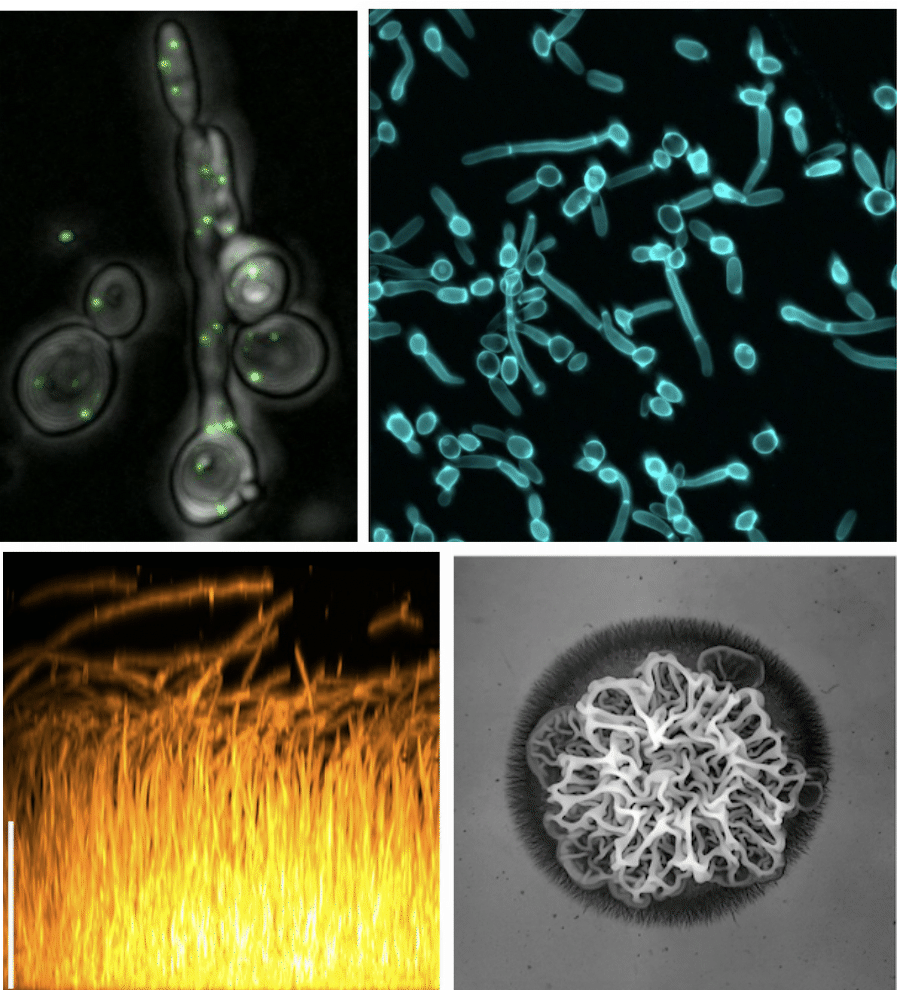
Translation Regulation in Fungal Pathogens

Photographs by Melissa Tosiano
Selected Publications
Tosiano MA, Lanni F, Mitchell AP, McManus CJ. (2025) Roles of P-body factors in Candida albicans filamentation and stress response. PLOS Genetics
Cravener MV, Do E, May G, Zarnowski R, Andes DR, McManus CJ, Mitchell AP. (2023) Reinforcement amid genetic diversity in the Candida albicans biofilm regulatory network. PLoS Pathogens
Do E, Cravener MV, Huang MY, May G, McManus CJ, Mitchell AP. (2022) Collaboration between Antagonistic Cell Type Regulators Governs Natural Variation in the Candida albicans Biofilm and Hyphal Gene Expression Network. mBio
Lagree K, Woolford CA, Huang MY, May G, McManus CJ, Solis NV, Filler SG, Mitchell AP. (2020) Roles of Candida albicans Mig1 and Mig2 in glucose repression, pathogenicity traits, and SNF1 essentiality. PLoS Genetics
Huang MY, Woolford CA, May G, McManus CJ, Mitchell AP. (2019) Circuit diversification in a biofilm regulatory network. PLoS Pathogens